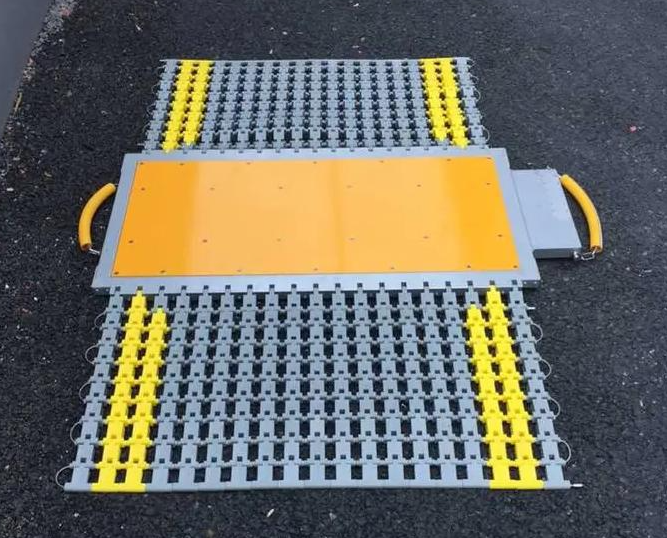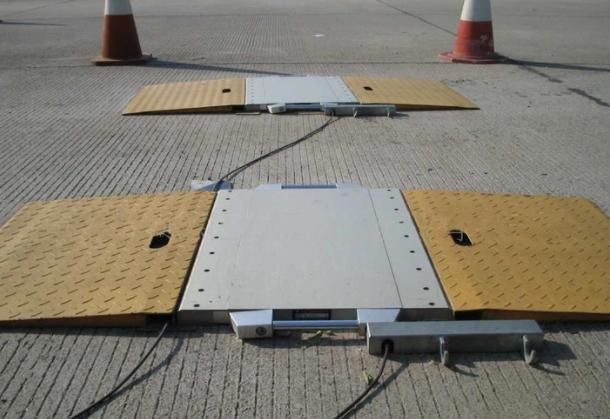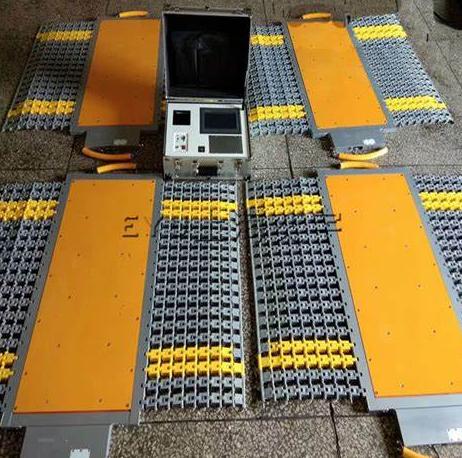Portable Axle Load Scales: A Comprehensive Guide
Traditional fixed weigh stations and permanent in-ground scales may create bottlenecks and disruptions in workflows. Therefore, portable axle load scales (also known as portable axle weigh scales) provide a solution for this. They make it easier and more reliable to weigh vehicles on-site, reducing the need for detours and streamlining weighing procedures.
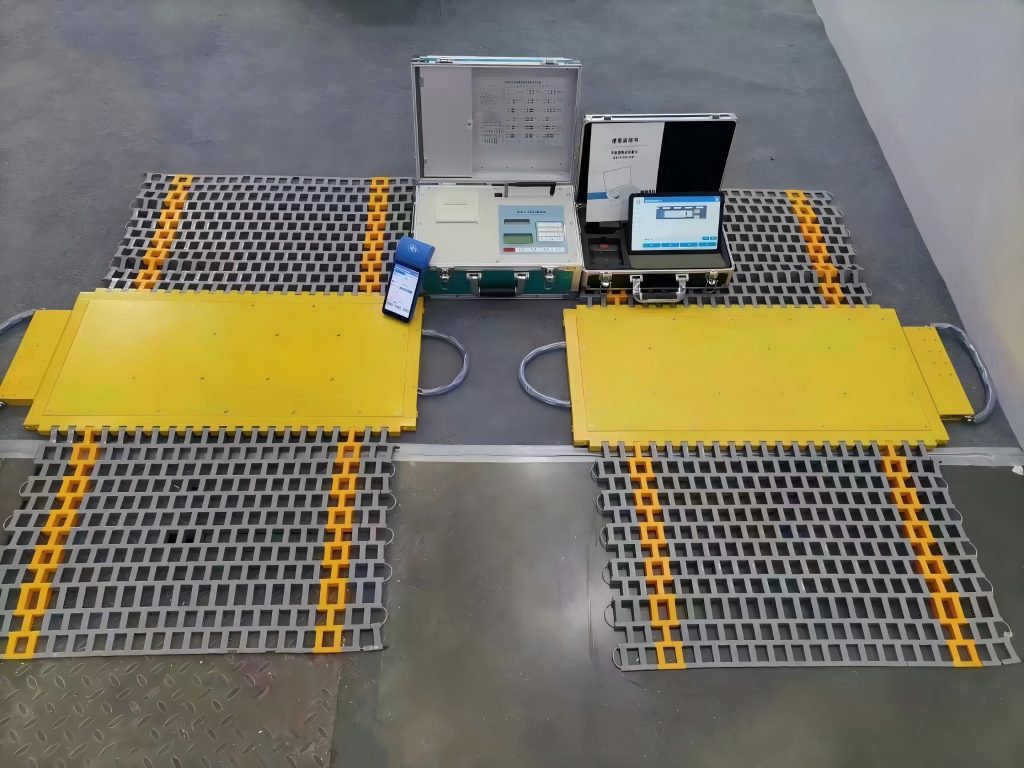
What are the Advantages of Portable Axle Load Scales
Portable axle load scales offer several advantages over traditional fixed weigh stations or permanent in-ground scales. Here are some of the key benefits:
- Portability: Portable axle load scales offer the flexibility to be moved directly to vehicles, eliminating the need for detours and saving valuable time. This is particularly advantageous for operations in warehouses, construction sites, and other locations where frequent weighing is required.
- Efficiency: By enabling on-site weighing, portable axle load scales streamline workflows and provide drivers with real-time weight data. This reduces downtime, optimizes load distribution for increased fuel efficiency, and ultimately results in cost savings.
- Safety and Compliance: Overloaded trucks pose a significant safety hazard and can cause road damage and fines. Portable axle load scales allow for quick weight checks, ensuring that legal weight limits are met and promoting a safe culture. This not only protects the public but also helps businesses avoid costly penalties.
- Precision Weighing: Portable axle load scales provide accurate weight measurements for individual axles, allowing for precise load distribution and preventing overloading. This eliminates guesswork and ensures optimal weight distribution, resulting in improved handling, reduced wear and tear on equipment, and enhanced safety.
- Durability and Ease of Use: Portable axle load scales are designed to withstand harsh environments and rigorous use. They are often lightweight and can be moved by a single person, requiring minimal setup and operation training. This makes them convenient and practical for a wide range of applications.
How to Use Portable Axle Load Scales?
Here’s a breakdown of how to use portable axle load scales:
| Preparation | Select the Appropriate Scale Type | Portable axle load scales come in a variety of capacities and functionalities. Choose one that is appropriate for the weight range of the vehicles you will be weighing, as well as any additional features you require (for example, wireless data transmission). |
| Find a Flat, Level Surface | To ensure accurate measurements, keep the weighing area even and free of debris. For uneven surfaces, you may need leveling ramps or wedges. | |
| Positioning the Scales | Refer to the Manual | Each scale model may have slight variations in setup. Always refer to the manufacturer’s instructions for specific positioning requirements. |
| General Positioning | Typically, you will place the scales directly on the ground, ensuring that each wheel of the target axle is fully supported by a separate scale pad. | |
| Weighing Process | Park the Vehicle | Carefully position the vehicle so that the target axle is centered on the scale. Apply the parking brake and turn off the engine. |
| Drive Onto the Scales | Slowly drive the vehicle onto the scales, ensuring that all wheels on the target axle are properly positioned. | |
| Weight Reading | The scale will display the weight of the individual axle(s) resting on the pads. Some models might offer a digital readout or transmit data wirelessly to a receiving device. |
Additional Tips
- To improve accuracy, repeat the weighing process by swapping the scale positions under each wheel and re-recording the weight.
- If the scales do not have auto-taring, you may need to account for the weight of the scales by weighing them without the vehicle on the pads and subtracting that value from the gross weight reading.
- Depending on your scale’s features, you may be able to save or transmit weight data for later analysis and record-keeping.
- Always adhere to the manufacturer’s instructions and use the scales with caution. If you are unsure about any steps, seek professional advice.

What Need to Consider When Purchasing Portable Axle Load Scales?
Choosing the right portable axle load scale requires careful consideration of several factors to ensure it meets your specific needs and delivers accurate, reliable measurements.
Accuracy Requirements
The accuracy of portable axle load scales is the primary consideration when choosing a scale. High-precision axle load scales can provide accurate measurement results, which is essential for ensuring road safety, optimizing logistics and transportation, and complying with environmental regulations. For example, the static accuracy of some portable axle load scales can reach ±0.1%~±0.3%F.S, while the dynamic accuracy is in the range of ±1%~±3%F.S. In addition, some high-end products can even achieve higher accuracy levels, such as ±0.5%F.S or lower
Stability and Durability
The stability and durability of portable axle load scales are equally important. Considering that the equipment will be used in various environments, it must be able to withstand the wear and tear caused by harsh weather conditions and frequent use. Some products use high-strength aluminum alloy materials and sealed designs to achieve IP67 or higher protection levels to ensure normal operation in humid or dusty environments
Ease of Operation and Portability
The design of portable axle load scales should be easy for users to operate and have good portability. The humanized design of the operation interface, such as large screen display, Chinese menu prompts, etc., can help users get started faster. At the same time, the lightweight table design and reasonable structural layout make the equipment easy to carry and deploy, especially suitable for scenarios that often need to be moved and quickly deployed.
Data Processing Capabilities
Modern portable axle weight scales usually integrate advanced data processing technologies such as digital filtering, automatic correction, temperature compensation, etc. to ensure the accuracy and reliability of measurement data. In addition, some devices can also provide data storage, printing and remote transmission functions to facilitate subsequent data analysis and archiving.
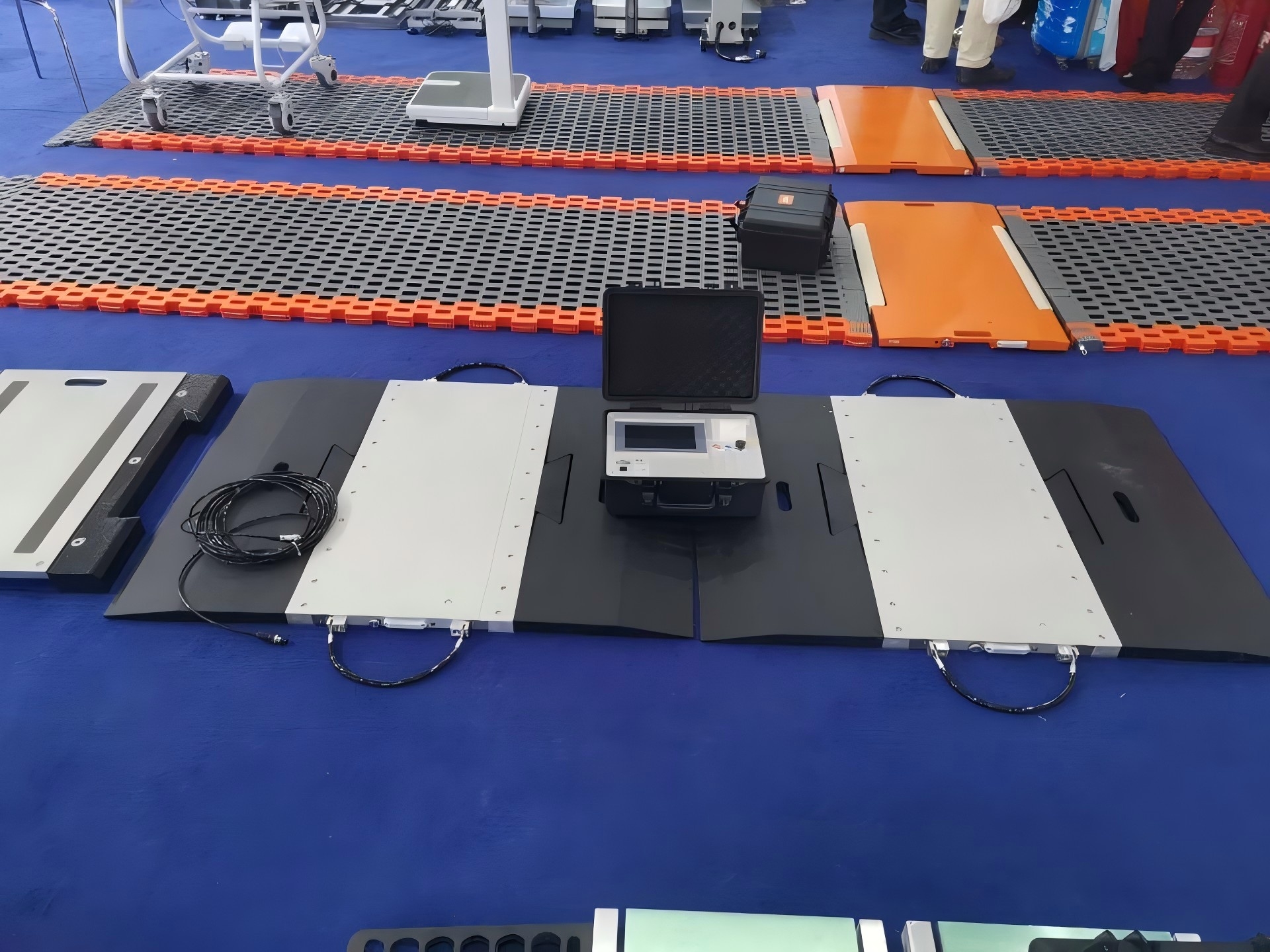
Brand Reputation and Customer Support
When selecting a portable axle load scale, opting for a reputable brand is paramount. Look for companies known for their commitment to quality and reliable products. Research online reviews and industry recommendations to get a sense of brand reputation and user experiences. A company with responsive and knowledgeable customer support is an invaluable asset. Reliable customer support ensures you have access to troubleshooting assistance, technical guidance, and an overall smoother user experience. Bincen focuses on the manufacturing of various types of scales, we are your trustworthy partner.
Conclusion
Portable axle load scales’ portability, accuracy, and cost-effectiveness make them a practical choice for ensuring safety and compliance on the road. By understanding how to use these scales effectively and knowing what to look for when purchasing them, you can optimize your operations, reduce the risk of overloading, and ultimately improve your bottom line.

